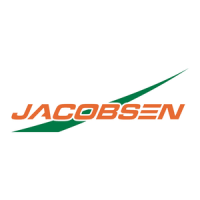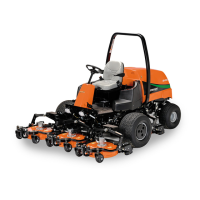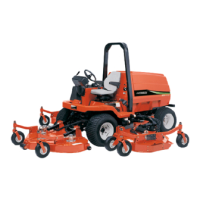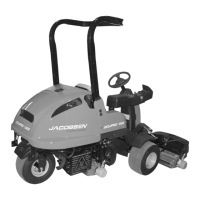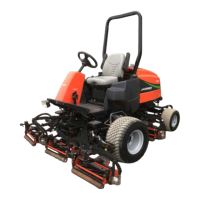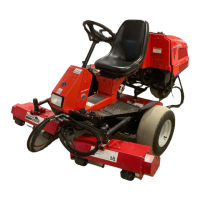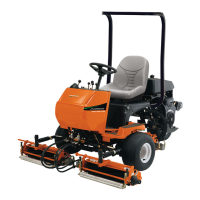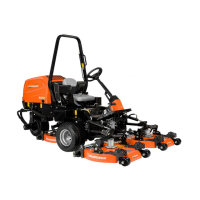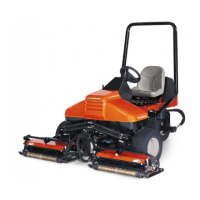CHAPTER 2. DISASSEMBLY OF MAJOR COMPONENTS
17
2
1. GENERAL PRECAUTIONS FOR SEPARATION AND REINSTALLATION
1.1. BEFORE OPERATION
a. Always be safety-conscious in selecting clothes
to wear and suitable tools to use.
b. Before disassembly, be sure that you familiarize
yourself with the assembled condition for
subsequent reference in reassembly.
c. Keep parts and tools in proper order during
operations.
d. When servicing electrically live parts, be sure to
disconnect the negative battery terminal.
e. To prevent oil or water leaks, use the liquid
gasket as required.
f. When reassembling disassembled parts, discard
used gaskets, O-rings, or oil seals and install new
ones.
g. When lifting up only the front or rear part of the
tractor, be sure to wedge the grounded wheels.
h. When the tractor is jacked up, be sure to support
the entire tractor with something like a stand.
Lifting it up with a jack only is a dangerously
unstable procedure.
i. When replacing parts, use authorized, genuine
ISEKI parts only. ISEKI assumes no responsibility
for accidents, operating problems or dam-age
caused by the use of imitation parts. Also, the use
of unauthorized parts will result in relatively poor
machine performance.
1.2. PRECAUTIONS TO BE FOLLOWED WHEN
INSTALLING COMMON PARTS
a. Roller or ball bearings
• When a bearing is fitted in by the outer race, use an
installer which is specially designed to push only the
outer race and vice versa.
• The installer must be designed to install the bearing
on the shaft in a parallel position.
•When installing a bearing which appears the same on
both sides, install it so that the face which has the
identification number faces in a direction for easy
visual identification. All the bearings which are to be
installed in the transmission case should be placed so
that their identification number faces outward.
• If a shaft or a hole where a bearing is to be installed
has a stopper, the bearing should be pushed in
completely until it is seated against the stopper.
• Installed bearings should turn smoothly.
b. Oil seals
• Oil seal installer should be designed so as not to
deform the oil seals.
• During installation, be careful not to damage the lips,
and assure that it is pushed in parallel to the shaft or
hole.
• When oil seals are installed, there should be no
turnover of the lips nor dislocation of the springs.
• When a multi-lip seal is installed, the grooves
between lips should be filled with grease, not
adhesive.
• Use a lithium-based grease.
• There should be no oil or water leaks through the
installed soil seals.
CHAPTER 2. DISASSEMBLY OF MAJOR COMPONENTS
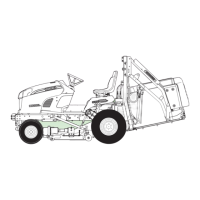
